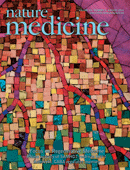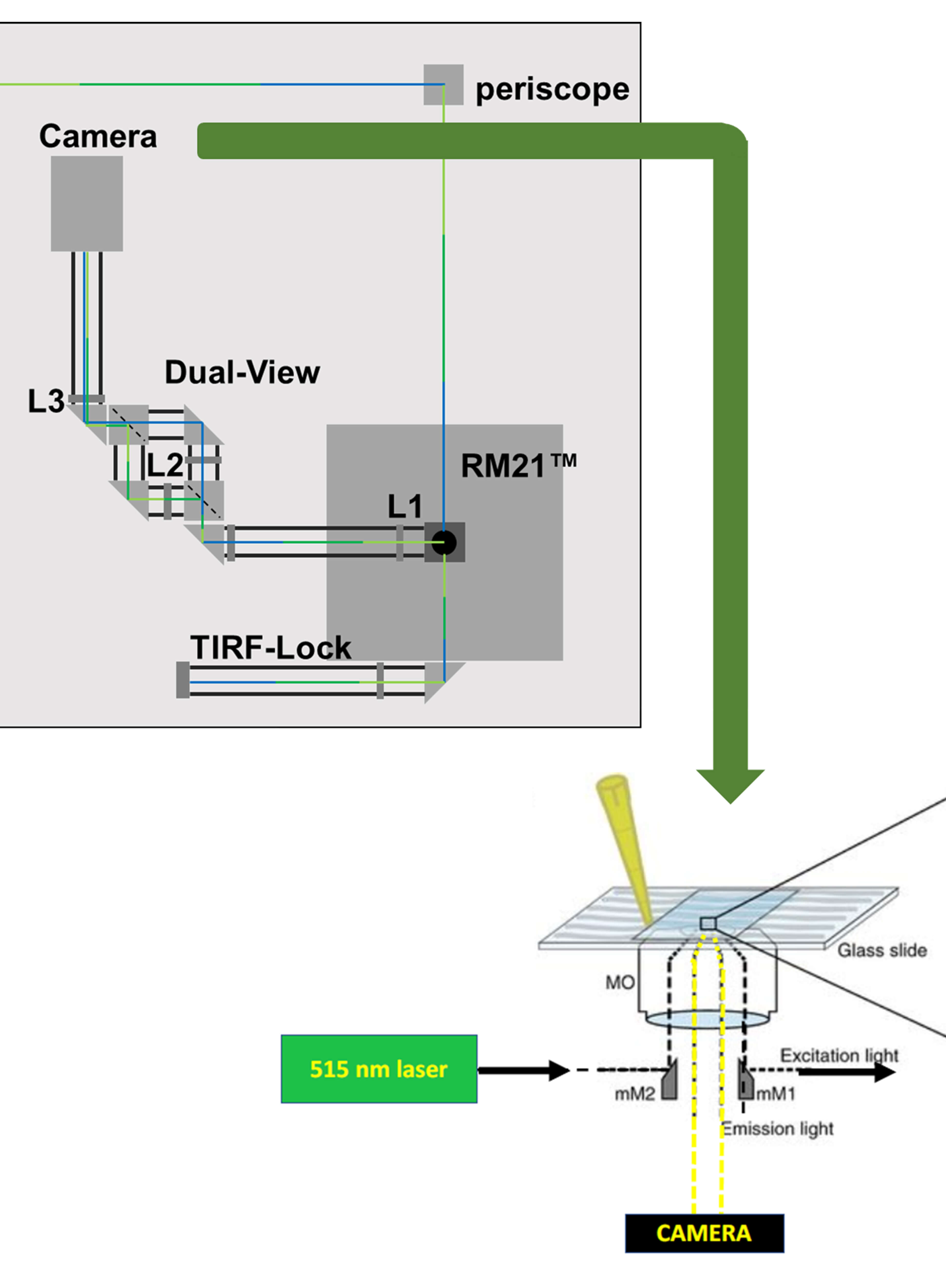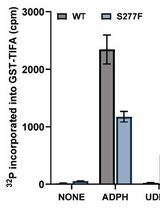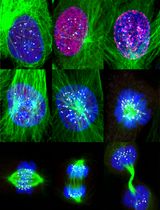- EN - English
- CN - 中文
TGFβ Stimulation Assay
TGFβ刺激试验
发布: 2014年12月05日第4卷第23期 DOI: 10.21769/BioProtoc.1313 浏览次数: 15936
评审: Anonymous reviewer(s)
Abstract
TGFβ is part of a growth factor superfamily which modulates cell growth, differentiation, adhesion, migration, ECM synthesis and apoptosis (Massague, 1998; Siegel and Massague, 2003). Free TGFβ binds to its high affinity TGFβ receptor, a receptor serine/threonine kinase, inducing phosphorylation of Smad2/3 which subsequently forms a complex with Smad4 to translocate to the nucleus where it interacts with multiple co-activators and repressors generating distinct transcriptional responses.
Indeed, TGFβ signaling shows a remarkable cellular context dependency and apparent multifunctionality: e.g. TGFβ is able to inhibit cell proliferation in many epithelial cells but can also enhance proliferation in fibroblasts and cell growth in endothelial cells (Guasch et al., 2007; Xiao et al., 2012); it enhances stem cell pluripotency, but promotes differentiation in other cells (Park, 2011); in cancer development it suppresses pre-malignant cell proliferation, but at the same time promotes conversion to a metastatic phenotype (Chaudhury and Howe, 2009).
The TGFβ stimulation assay monitors the responsiveness of cells to TGFβ. Upon TGFβ stimulation short-term effects such as Smad2 phosphorylation and long-term effects such as cell proliferation can be analyzed. The assay will be described for murine keratinocytes, where TGFβ strongly inhibits cell proliferation, but both assays are applicable for other cell types as well.
Materials and Reagents
- Cell line(s) of interest [here primary murine keratinocytes isolated as described in Montanez et al. (2007)]
- Antibodies
- Bovine serum albumin (BSA) fraction V (Carl Roth, catalog number: 8076 )
- Calcium chloride (CaCl2) (Carl Roth, catalog number: A119.1 )
- Chelex 100 resin (Bio-Rad Laboratories, catalog number: 143-2832 )
- Collagen I (PureCol, Advanced BioMatrix, catalog number: 5005-B )
- Fibronectin (Life Technologies, Gibco®, catalog number: 33016-015 )
- Protein standard (e.g. precision plus protein kaleidoscope standards) (Bio-Rad Laboratories, catalog number: 161-0375 )
- Fetal bovine serum (FBS) (Life Technologies, Gibco®, catalog number: 10270-106 )
- Minimum essential medium (MEM) (Sigma-Aldrich, catalog number: M8167 )
- Insulin (Sigma-Aldrich, catalog number: I5500 )
- Epidermal growth factor (EGF) (Sigma-Aldrich, catalog number: E4127 )
- Transferin (Sigma-Aldrich, catalog number: T8158 )
- Phosphoethanolamine (Sigma-Aldrich, catalog number: P0503 )
- Ethanolamine (Sigma-Aldrich, catalog number: E0135 )
- Hydrocortisone (Calbiochem, catalog number: 386698 )
- Trypsin powder (Life Technologies, Gibco®, catalog number: 27250-018 )
- L-Glutamine (Life Technologies, InvitrogenTM, catalog number: 25030-081 )
- Penicillin-streptomycin (pen-strep) (Life Technologies, InvitrogenTM, catalog number: 15070-063 )
- Click-iT® EdU Alexa Fluor® 488 Imaging Kit (Life Technologies, InvitrogenTM, catalog number: C10420 )
- Nonfat dried milk powder (AppliChem, catalog number: A0830 )
- PVDF membrane (e.g. Immobilon-P) (Merck KGaA, catalog number: IPVH00010 )
- Recombinant TGFβ1 (PeproTech, catalog number: 100-21 )
- Tween20 (Sigma-Aldrich, catalog number: P9416 )
- Sodium dodecyl sulfate (SDS) (Carl Roth, catalog number: 0183.1 )
- β-Mercaptoethanol (Carl Roth, catalog number: 4227.3 )
- Bromophenol blue (Carl Roth, cataog number: A512.1 )
- Sodium chloride (NaCl) (Carl Roth, catalog number: P029 )
- Sodium hydrogen carbonate (NHCO3) (Carl Roth, catalog number: 6885 )
- Sodium carbonate (Na2CO3) (Carl Roth, catalog number: A135 )
- Sodium deoxycholate (Sigma-Aldrich, catalog number: D6750 )
- di-Sodium hydrogen phosphate (Na2HPO4) (Carl Roth, catalog number: T876 )
- Glycine (Carl Roth, catalog number: 0079 )
- Glycerol (Carl Roth, catalog number: 4043.1 )
- Hydrochloric acid (HCl) (Sigma-Aldrich, catalog number: 258148 )
- Methanol (Sigma-Aldrich, catalog number: 322415 )
- Potassium chloride (KCl) (Carl Roth, catalog number: HN02.3 )
- Potassium dihydrogen phosphate (KH2PO4) (Carl Roth, catalog number: 3904 )
- Nonidet-P40 (NP-40) (e.g. IGEPAL CA-630) (Sigma-Aldrich, catalog number: I8896 )
- Protease inhibitor cocktail (e.g. cOmplete) (Roche, catalog number: 04693116001 )
- Phosphatase inhibitor cocktail 2 (Sigma-Aldrich, catalog number: P5726 )
- Phosphatase inhibitor cocktail 3 (Sigma-Aldrich, catalog number: P0044 )
- 2-Propanol (Carl Roth, catalog number: T902.1 )
- Tris-HCl (Carl Roth, catalog number: 9090.3 )
- Cell type specific growth (see Recipes)
- Cell type specific starving medium (see Recipes)
- Phosphate-buffered saline (PBS) (see Recipes)
- Cell lysis buffer supplemented with protease and phosphatase inhibitors (see Recipes)
- Standard SDS-PAGE running buffer (see Recipes)
- 2x Laemmli sample buffer (see Recipes)
- Western blot transfer buffer (see Recipes)
- TBS (see Recipes)
- TBS-T (see Recipes)
- Western blot stripping buffer (see Recipes)
Equipment
- 6-well plate and 10 cm dishes for cell culture
- Standard centrifuge to spin down cells and protein lysis
- Cell scraper (e.g. Corning cell scraper) (Sigma-Aldrich, catalog number: CLS3010 )
- Standard SDS-PAGE and Western blot equipment
- Cell culture Incubator 37 °C, 5% CO2 for standard cell culture conditions
- Flow cytometer (e.g. BD FACS Canto) using FlowJo as analysis software
Procedure
文章信息
版权信息
© 2014 The Authors; exclusive licensee Bio-protocol LLC.
如何引用
Rognoni, E. (2014). TGFβ Stimulation Assay. Bio-protocol 4(23): e1313. DOI: 10.21769/BioProtoc.1313.
分类
细胞生物学 > 细胞信号传导 > 磷酸化
细胞生物学 > 细胞活力 > 细胞增殖
您对这篇实验方法有问题吗?
在此处发布您的问题,我们将邀请本文作者来回答。同时,我们会将您的问题发布到Bio-protocol Exchange,以便寻求社区成员的帮助。
Share
Bluesky
X
Copy link













